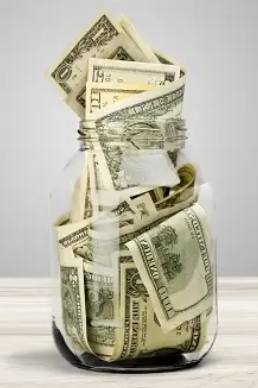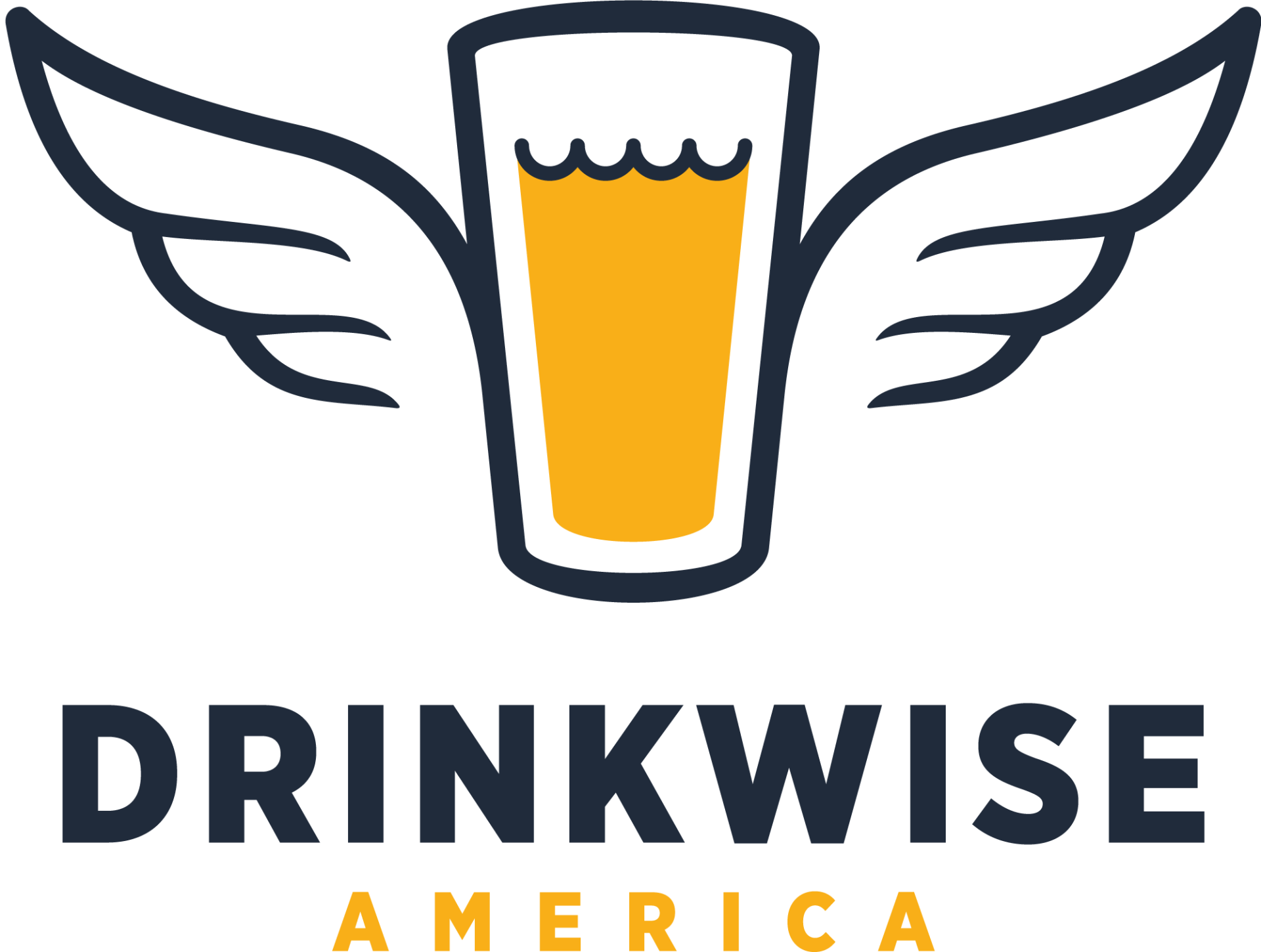Libba the Legend, part 1
How to Increase Your Tips!
Libba was one of the first servers to work with us at the Shark Club, a restaurant during the day and a club at night. She was a bleached blonde, spoke with a genuine Texas twang, wore stiletto high heels, and used her bra as a cash caddy.
Libba, as did many of our servers and bartenders, earned several hundred dollars in tips on our busy nights.
What made Libba legendary was her ability to always walk away with at least $100 in tips on our slowest nights. Even as she was hobbled…
One of Libba’s stiletto heels broke on an extremely slow Tuesday night. Instead of going home to get a different pair of shoes or simply asking to get off early—after all, we were dead—she insisted on working her entire shift. Still, she clipped-clopped her way to another $100 night.
What was her secret?
Two things made her special. Today, we'll focus on her being there, as in always staying in her section, especially on slow nights. Most staff preferred hanging out near the service well at the bar or the food pick-up window at the kitchen.
Not Libba. She always spent her time in her section, walking the floor and talking with her customers. If she found herself conversing with customers, her eyes constantly swept the room like a lifeguard looking for someone in need. Being there enabled her to anticipate her customers' needs or, at the very least, immediately respond.
Unfortunately, Libba's oneness with her customers is not standard in our industry.
According to the article "5 Most Common Restaurant Complaints on Social Media," the number one customer complaint is "Service Complaints." Service complaints were summed up by the sentiment: "It felt like the server had forgotten about the customer."
The problem of not being there is not limited to servers.
Ironically, our spotters (secret shoppers) number one complaint with bartenders is their absence. The top two reasons bartenders aren't available to the spotter (or other customers):
- The bartender is socializing with a customer, a coworker (another bartender or server), or a friend. IT DRIVES SPOTTERS CRAZY when a bartender sees a waiting customer but ignores the customer so the bartender can converse for several more minutes.
- The bartender is on their cell, either on a call or, more often, checking texts or perusing the internet.
With few exceptions, my spotters are bartenders, often with lead or management experience. These industry professionals typically document their observations professionally and objectively in their secret shopper reports. When their emotions leak into their reports, it is always from being ignored by servers or bartenders, which often requires some editing on my part.
I'm a very generous tipper. Even if the food could be better, I wouldn't hold it against the staff and would still tip well. If the service is slow, yet the staff apologizes, and I can see they're doing their best, my tip is still healthy. When the server or bartender ignores me, my small gratuity is my tip to them to up their game.
Be there for your customers, and you'll be rewarded, as musician James Taylor said:
"I can't thank you enough for showing up. It's not the same without you."
Numerous quotes link showing up to success, but Taylor's also captures the need for interaction. This is a segue to our next blog, where we'll discuss another Libba trait that garnered her generous customer tips.
Gregg
This blog comprises lifted or paraphrased content from my book, The Optimized Bar, Profits by Design. To read more about the contents of the book:



